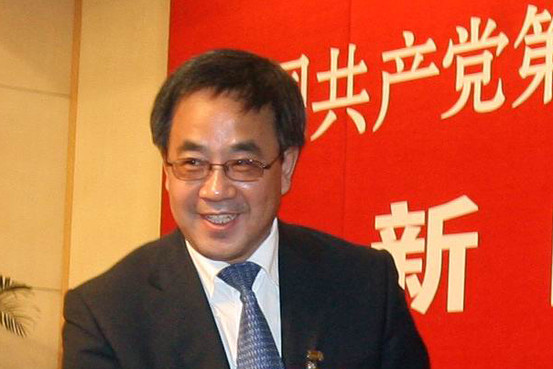| Wall Street Journal |
| March 7, 2012 |
| China Real Time Report |
 |
|
| Hu Chunhua, in a 2008 photo |
Most political watchers in China these days are transfixed by who will rise to top leadership positions in the once-a-decade political transition that begins later this year. Even so, younger leaders from the Communist Party’s expected next generation of leadership are already coming under the microscope.
Hu Chunhua, Inner Mongolia’s party chief and one of the rising stars in Beijing this week for the National People’s Congress, is one of them. He’s a protégé of China’s current president, Hu Jintao. The two men aren’t related, though Hu Chunhua served under Hu Jintao in Tibet in the 1990s.
Mr. Hu, 48 years old, sounded a populist note in a public meeting with Inner Mongolia delegates to the NPC and with journalists on Thursday, promising to better the livelihoods of poor and disaffected ethnic Mongolians. He noted that the region’s per capita GDP in 2011 reached $8,900.
“That this type of situation still exists, where there is a large impoverished population, is indeed unreasonable,” Mr. Hu said.
Nonetheless, Mr. Hu offered few details on how he planned to close a wealth gap between Han migrants to the region and local Mongolians, whose traditional way of life has been increasingly disrupted by the growth of coal mining in the region. Inner Mongolia has surged to become one of China’s largest coal-producing areas, and the government says the region has some 730 billion metric tons of verified coal deposits.
In a major test for Mr. Hu, protests struck the region last May after an ethnic Mongolian herder was struck and killed by a Chinese coal truck driver. The incident fanned flames of discontent among Mongolians already angry over environmental degradation of local grasslands and other issues. Paramilitary police were deployed across the region to quell protests, including the capital of Hohhot, which has become a resource boom town in recent years.
Mr. Hu is no stranger to ethnic unrest, having spent his early career as a party cadre in Tibet. “These two regions both have special characteristics, and are both very beautiful. Ethnic minorities are very simple and honest,” Mr. Hu said at the press briefing on Tuesday. “I think the border regions and I are brought together by fate.”
Mr. Hu is among a relatively small group of senior officials who appear to be leaders of the Communist Party’s sixth-generation of leaders. Xi Jinping leads the party’s fifth generation, and is expected to replace Hu Jintao as party chief and president. A few other rising leaders to watch this week include Jilin party secretary Sun Zhengcai and Hunan party chief Zhou Qiang.
At the Tuesday press conference, Mr. Hu was asked repeatedly whether he used Sina Weibo, the popular social networking site that has increasingly drawn the ire of web censors. Mr. Hu, pressed for answer, declined to say whether he was a Weibo user.
“I don’t go on the web much,” he said.
–Brian Spegele; follow him on Twitter @bspegele







